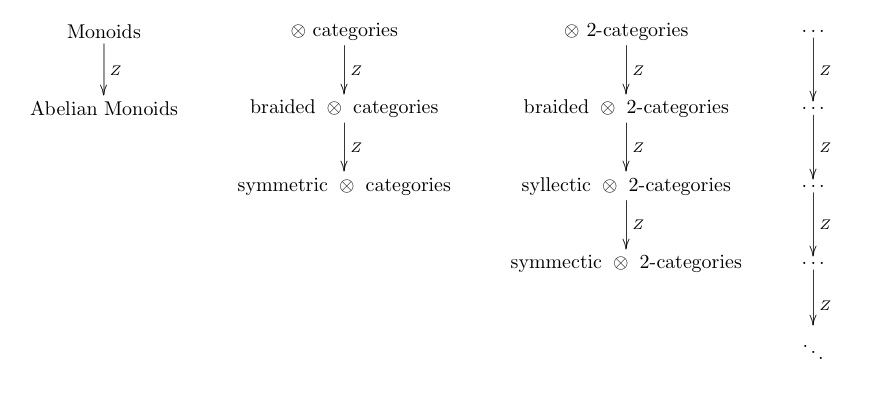One of my pet peeves is how annoyingly the AMS’s math subject classification is for people working in quantum algebra and quantum topology. The MSC has 97 different major subjects and my field is not one of them, and instead appears many times a subheading. In the new 2009 classification there’s at least the following: 16T, 17B37, 18D10, 20G42, 33D80, 57R56, 58B32, 81R50, and 81T45. Here I’m only counting things that are obviously quantum algebra and quantum topology (for example I didn’t list subfactors, quantum computation, knot invariants, etc.) By way of contrast, on the ArXiv there are only 32 categories, yet one of them (math.QA) contains the vast majority of work in my field (of course, many of those are cross-posted).
This mini-rant of mine came up at dinner at an AMS meeting in Waco (more on the excellent “fusion categories” special session later). Someone pointed out an interesting side-effect of this issue that I hadn’t thought of. One of the awesome things about mathjobs is that rather than simply having a large paper stack of applications, the people on hiring committees can instead sort the applications automatically in many different ways. It makes a lot of sense that mathjobs has this feature, but none of us who were on the applying side of things had ever considered it. Here are a few examples of things you might want to search for: look at people applying from a specific school, find everyone who has a recommendation letter from Prof. X, and (relevant to this post) sort by AMS subject classification.
This means that choosing the right AMS subject classifications is actually somewhat important. If you choose poorly then someone who might be interested in hiring you might never actually find your application among the hundreds they’re looking through. So if you’re in a situation like mine it’s worth asking a professor or two which AMS subject classifications they’d be most likely to look through.
Since then I’ve been wondering whether it might be a useful for mathjobs that the data they ask for also include which arxiv classifications applicants have posted preprints under, as that’s the search that I would want to use if I were on a hiring committee. What do people think? Mathjobs is very responsive to requests, so if people think this makes sense I may send them an email.






